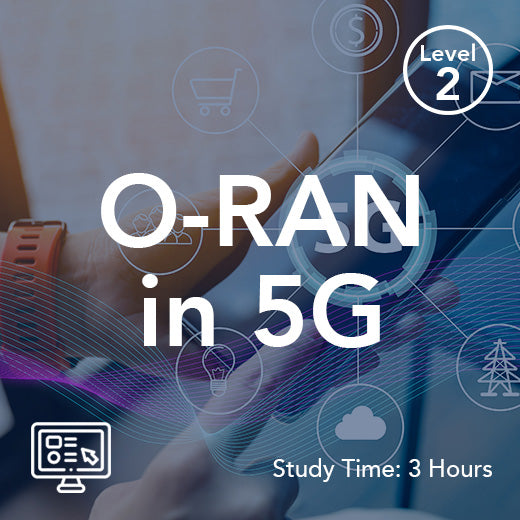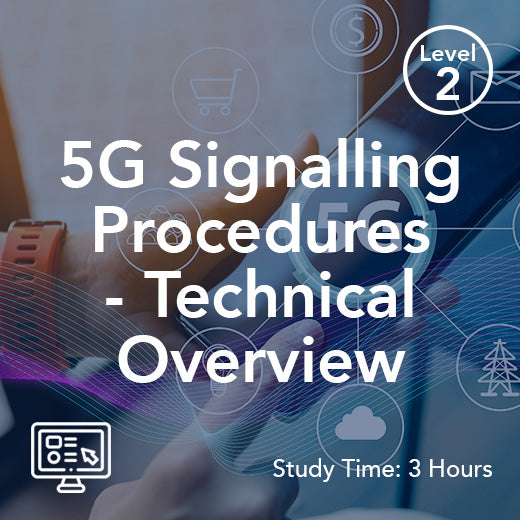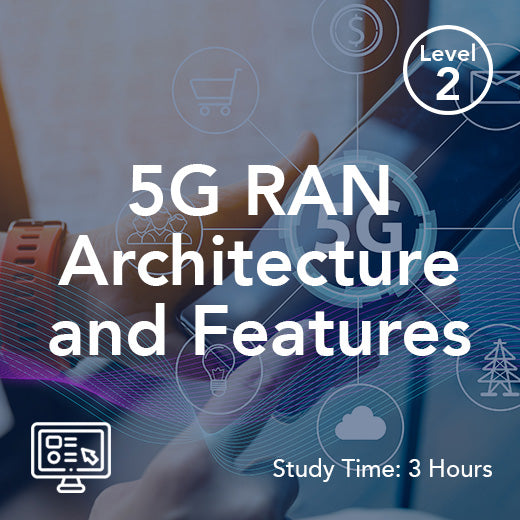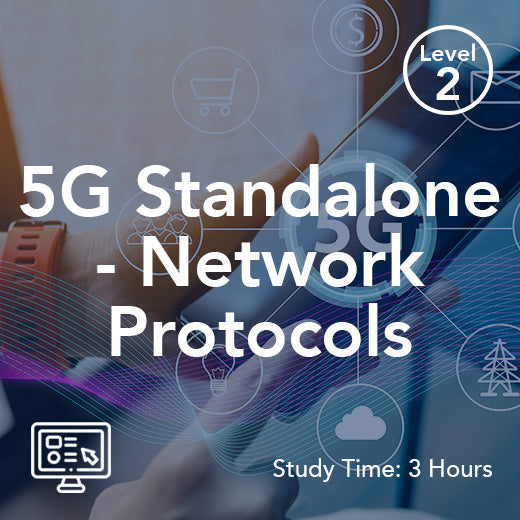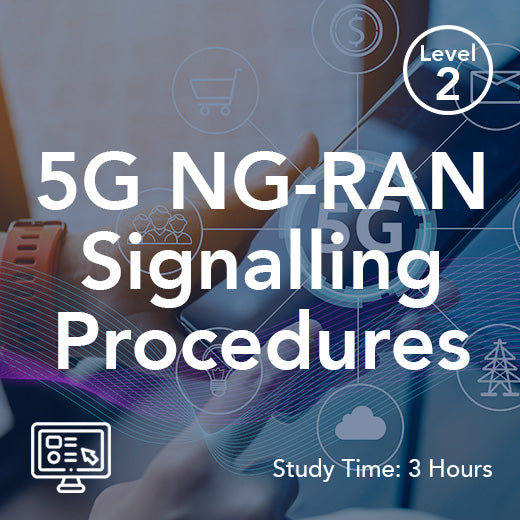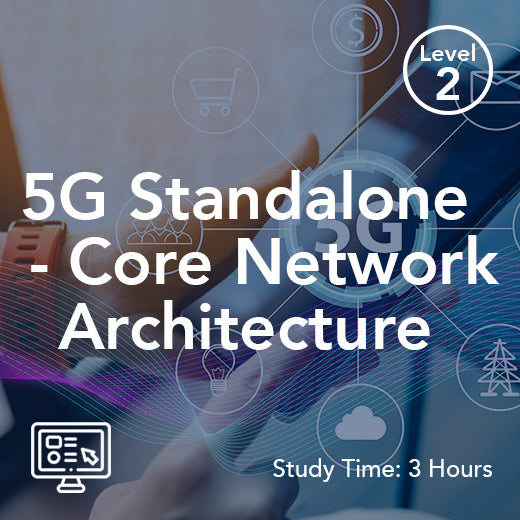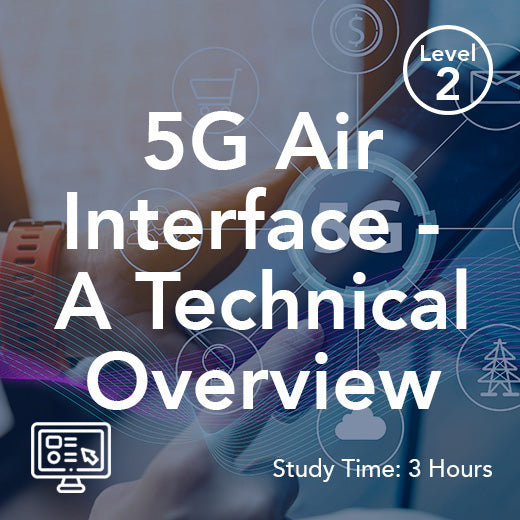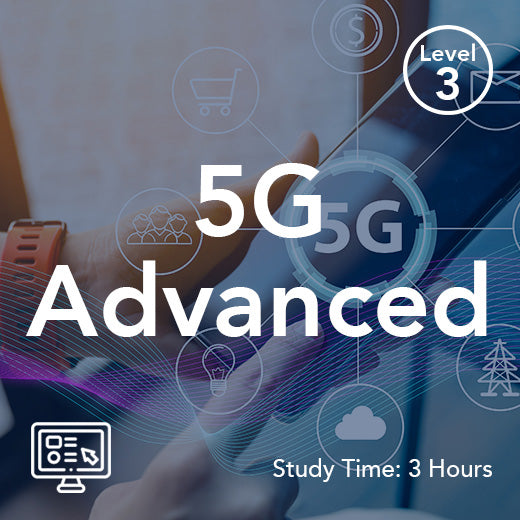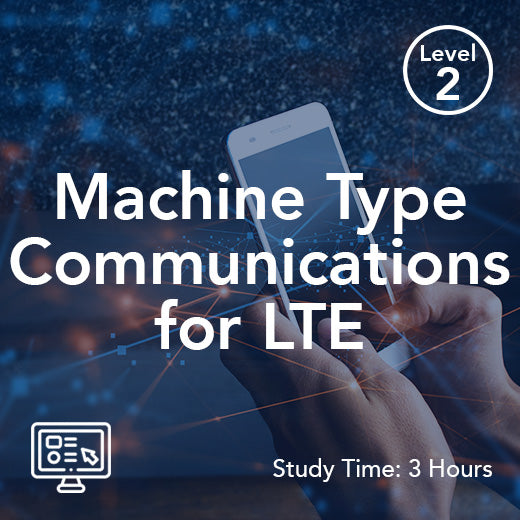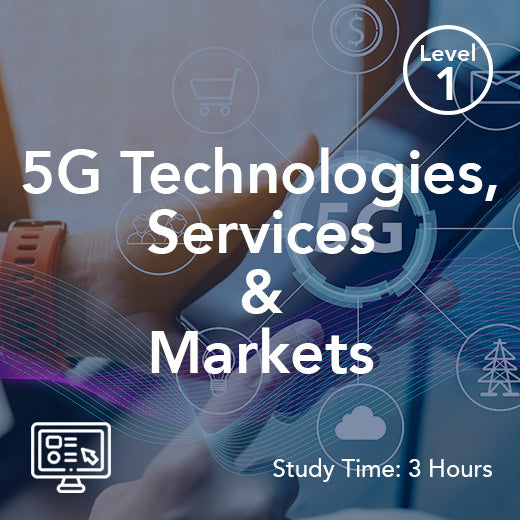What is user plane function (UPF) in 5G?
- , by Paul Waite
- 1 min reading time
User Plane Function (UPF) in 5G is a critical component of the next generation mobile network architecture that plays a key role in enabling high-speed data transfer and low latency communication. UPF is responsible for handling the user data traffic in the 5G network, ensuring that data packets are efficiently routed between the user equipment (UE) and the network services.
In simple terms, UPF acts as a gateway for user data traffic in the 5G network, serving as the interface between the UE and the core network. It is responsible for packet forwarding, packet inspection, and quality of service (QoS) management, ensuring that data packets are delivered quickly and reliably to their intended destination.
One of the key features of UPF in 5G is its ability to support network slicing, which allows operators to create multiple virtual networks on top of a single physical network infrastructure. This enables operators to provide customized services to different types of users, such as consumers, enterprises, and IoT devices, each with their own unique requirements for speed, latency, and reliability.
UPF also plays a crucial role in enabling edge computing in 5G networks, allowing data processing and storage to be distributed closer to the end users. This reduces latency and improves the overall performance of applications and services that rely on real-time data processing, such as autonomous vehicles, augmented reality, and industrial automation.
Furthermore, UPF in 5G is designed to be highly scalable and flexible, allowing operators to easily deploy and manage network resources to meet the growing demand for data-intensive applications and services. This ensures that the network can adapt to changing traffic patterns and user requirements, while maintaining high levels of performance and reliability.
Overall, User Plane Function (UPF) in 5G is a critical component of the next generation mobile network architecture that enables high-speed data transfer, low latency communication, and network slicing capabilities. By efficiently handling user data traffic and supporting edge computing, UPF plays a key role in enabling the full potential of 5G networks and driving innovation in the digital economy.
In simple terms, UPF acts as a gateway for user data traffic in the 5G network, serving as the interface between the UE and the core network. It is responsible for packet forwarding, packet inspection, and quality of service (QoS) management, ensuring that data packets are delivered quickly and reliably to their intended destination.
One of the key features of UPF in 5G is its ability to support network slicing, which allows operators to create multiple virtual networks on top of a single physical network infrastructure. This enables operators to provide customized services to different types of users, such as consumers, enterprises, and IoT devices, each with their own unique requirements for speed, latency, and reliability.
UPF also plays a crucial role in enabling edge computing in 5G networks, allowing data processing and storage to be distributed closer to the end users. This reduces latency and improves the overall performance of applications and services that rely on real-time data processing, such as autonomous vehicles, augmented reality, and industrial automation.
Furthermore, UPF in 5G is designed to be highly scalable and flexible, allowing operators to easily deploy and manage network resources to meet the growing demand for data-intensive applications and services. This ensures that the network can adapt to changing traffic patterns and user requirements, while maintaining high levels of performance and reliability.
Overall, User Plane Function (UPF) in 5G is a critical component of the next generation mobile network architecture that enables high-speed data transfer, low latency communication, and network slicing capabilities. By efficiently handling user data traffic and supporting edge computing, UPF plays a key role in enabling the full potential of 5G networks and driving innovation in the digital economy.


